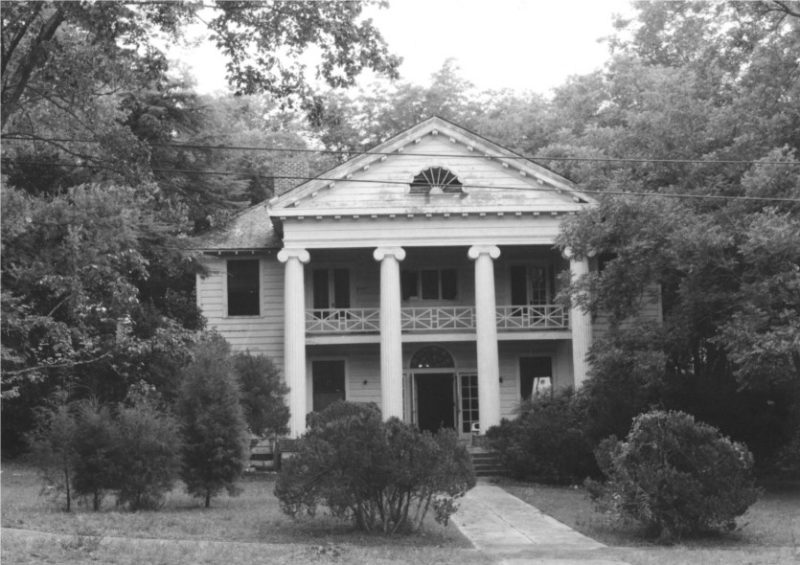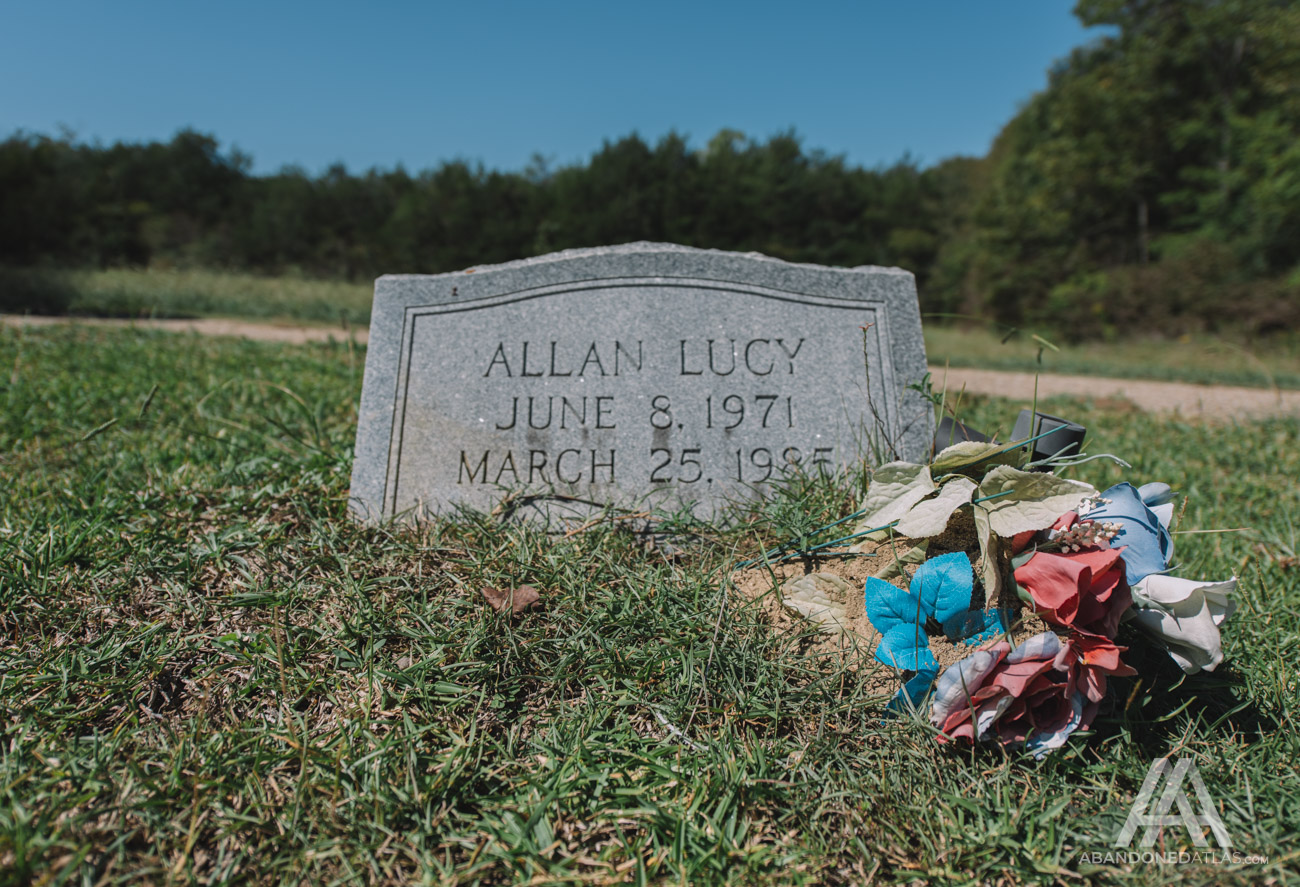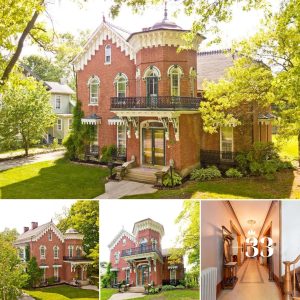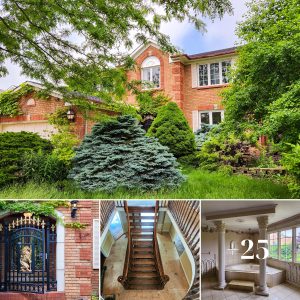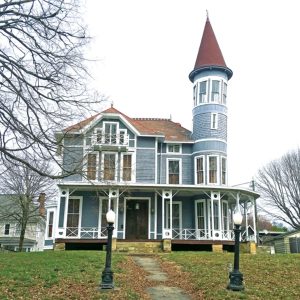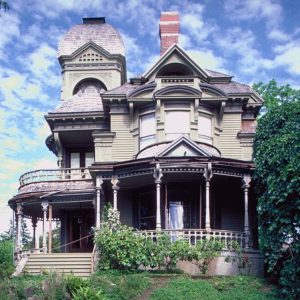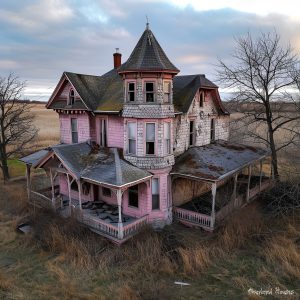The Murder of Allan Lucy
13-year-old Allan Lucy went missing from his home in Uniontown in March 1985. His adoptive parents, Philip and Margaret Dayle Lucy reported he had run away to Florida to be with friends. Their biological son, Jason, told anyone who would listen from the beginning that he had seen his father in the kitchen strike Allan in the head with his fist, knocking him to the ground. Jason claimed he was ordered to go to his room and later saw Philip walking around outside covered in dirt and holding a shovel. No one believed him until his brother’s remains were found nine years later.
After it was damaged in a fire, Philip and Margaret Lucy sold their home to Kelly Kirby, a man from Washington who spent his free time restoring old homes. Despite the fire damage, the home was immediately purchased in October 1993 and a team of men was sent in to assess the state of the structure.
Two of the men decided to check the foundation for termite damage and crawled underneath the house. Approaching the front porch, Ron Adam’s rake got snagged on a large root sticking out of the ground. Ron had heard of stories of there being treasure or a body buried beneath the house, and so he started digging thinking he was about to hit pay dirt. Instead, the two men found a layer of red bricks with a plastic garbage bag buried beneath them. Inside the bag were human remains wrapped in a blanket adorned with Disney characters, which were later proved to be the bones of Allan Lucy.
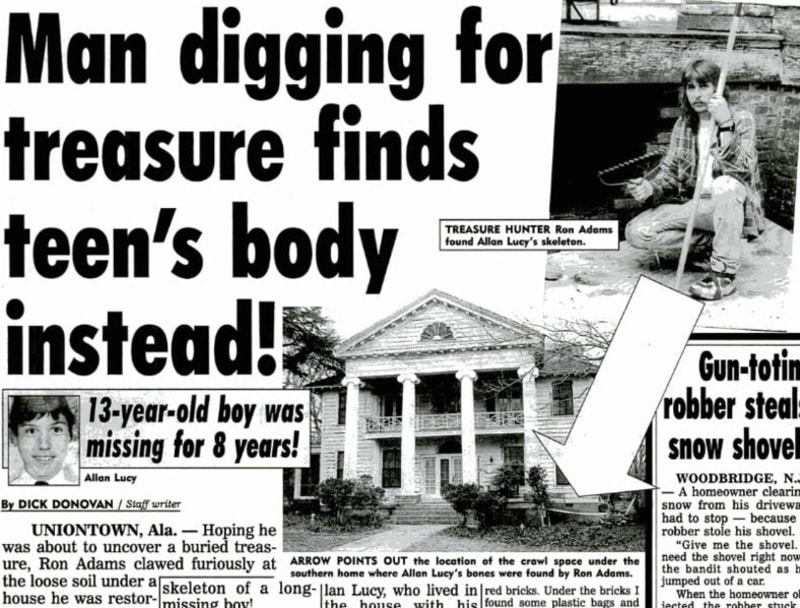
Phillip Lucy Arrested
Coincidently, his adoptive parents were arrested just a week before the remains were discovered on an arson charge in connection to the fire that damaged the house. Police believed they torched the house to claim the $119,000 insurance policy which was purchased just a month prior. While the couple was in custody, authorities performed a thorough investigation of the property and questioned family members before charging Philip Lucy with his stepson’s murder.
During the case’s first hearing, Jason testified against his father who sat quietly, staring intently at his son who was painting him as a murderer. Judge Jack Meigs reduced Philip’s bail from $150,000 to $100,000 and turned the case over to the Perry County grand jury. His wife Margaret was implicated in the murder but not charged with as serious of a crime as she, at most, would have been an accessory. She was allowed to return to her home in Lemison to care for her children. Margaret Dayle Lucy divorced Phillip shortly after he was arrested in connection to Allan Lucy’s death and died of cancer in December 1998.
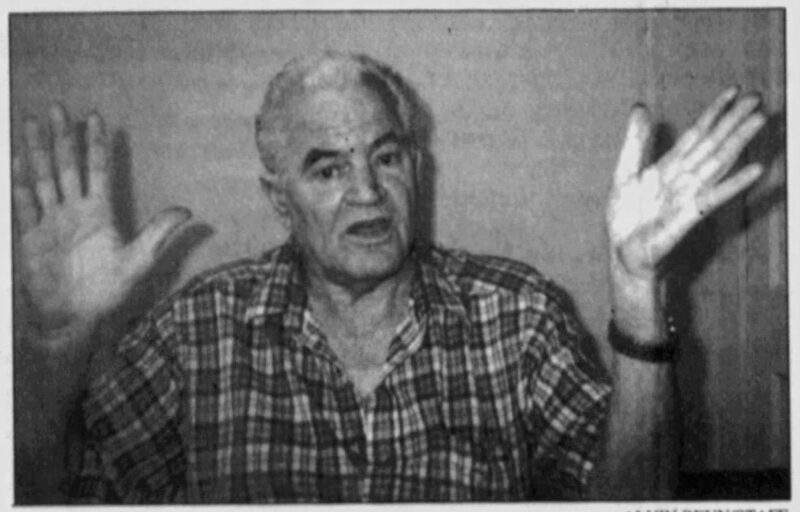
The Trial
For the next five years, Philip bounced around mental hospitals to determine if he was fit to stand trial while fabricating mental illnesses, firing his attorney on multiple occasions, and changing his story many times to prolong the case as long as possible. In an interview while in custody, Philip is quoted saying, “I’m not a mad dog. If anybody’s going to have angel wings one day, it’s going to be me.” He also added that Jason “made up that story,” because he had been forced by the Alabama Bureau of Investigation who wanted “to get me.“
He claimed innocence throughout the trial insisting that Jason fabricated his story because both of them were down in Florida when Allan Lucy disappeared. Phillip’s defense also claimed that the skeletal remains probably didn’t belong to Allan, even though authorities had proven they were, that the skeleton was probably put there by neighborhood “pranksters” and that he found them playing croquet in his yard one day using a human skull as a mallet ball. It was also shown that Phillip had a history of violence, having been dishonorably discharged from the Army for beating a soldier during the Korean War.
In 1997, Philip Lucy was found guilty of murdering his adopted son. The verdict was appealed and then in 2001, the second verdict also found him guilty. The day after the second verdict, rather than facing the consequences, he cowardly took his own life by hanging himself with bedsheets in his jail cell.

Allan Lucy is Put to Rest
Born Allan Marvel to Willard D. Marvel and Ardella Mae Naragon in Lee County, Florida, Allan was removed from his home by Florida’s Child Services at the age of seven after his parents divorced. His biological mother was never told he was missing until his bones were found in 1994. She and her husband, Robert Leasure, attended every day of the second trial.
After Philip killed himself, residents of Perry County donated funds to give Allan Lucy a proper burial. Among those in attendance were the Perry County District Attorney, the County Asst. District Attorney, the former Perry County Police Chief, and the ABI Lead Investigator. 17 years after his death, Allan Lucy was finally put to rest at Rosemont Cemetery in Uniontown.
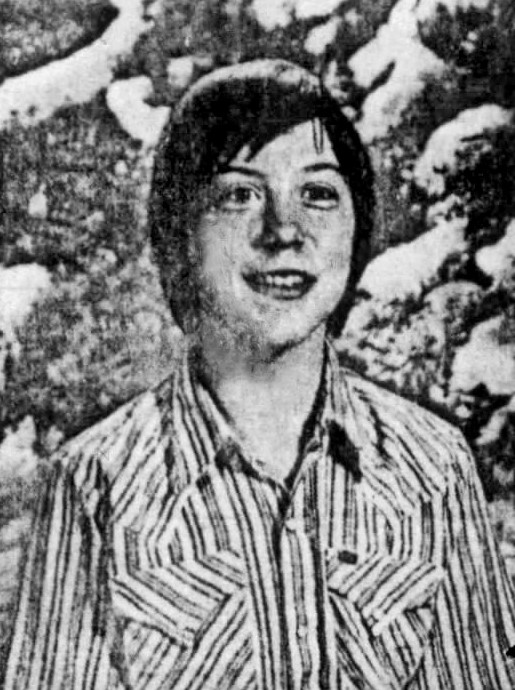
Hardie-Coleman House
Known as the Hardie-Coleman House by the National Park Service, the home was built in 1918 and is part of the Uniontown Historic District. It is currently owned by Elmendorf Air Force Base in Alaska and co-owned by the Raytheon/Cobra Dane Project, although it’s unknown as to why a military radar installation in Alaska would own an abandoned house in a small town in Alabama and only adds to the strangeness surrounding the property.
The Uniontown Historic District was added to the National Register of Historic Places on February 24, 2000. The historic district contains residential, religious, and commercial structures that reflect the early development of Uniontown dating back to the 1830s. The district also contains numerous homes that reflect the popular revival architectural styles of the 19th and 20th centuries. According to the National Register of Historic Places, the largest and most imposing examples of the Neo-Classical Revival styles are the Coleman-Brunson House, also known as Co-Nita Manor, and the Hardie-Coleman House, although residents would never forget the horrible events that unfolded there in 1985.
